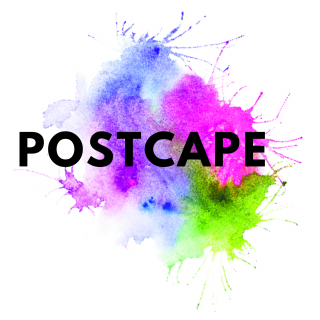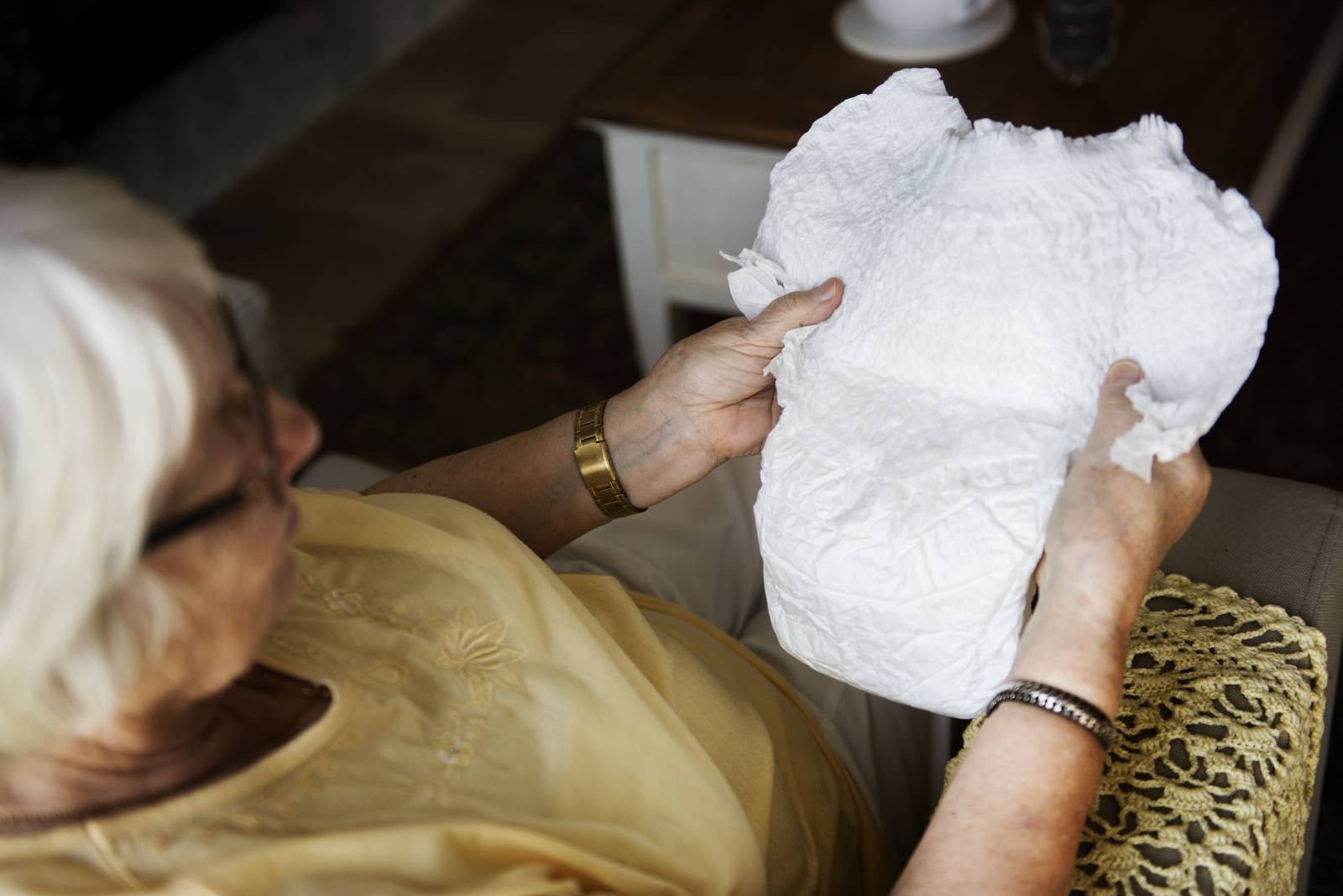Tiina Vaittinen: An introduction to socially, economically and ecologically sustainable continence care
Presentation at the Finnish Gerontology Conference 2023
Background and goals Incontinence is a common health problem, allegedly more prevalent than hay fever. While affecting people in all age groups, the risk increases with age and with cognitive conditions such as dementia. Continence problems add to the need of residential care in older age, too. To the public economy, incontinence is costly: in the US, already twenty years ago, more money was spent on the diagnosis and treatment of incontinence than to dialysis and coronary bypass surgeries taken together. In Finland, it was estimated in 2006 that the costs of incontinence can rise up to 4,3 billion euros annually by 2040. The indirect costs of incontinence include, for instance, pressure ulcers caused by incontinence induced dermatitis; in Finland, the costs of pressure ulcers form 2-3% of health care costs. Similarly in Finland, the costs of adult incontinence pads form the second largest cost item in tax-funded care products, right after products required for diabetes care. The ecological burden of incontinence is enormous: in OECD countries, about 5% of municipal waste comes from adult incontinence pads. In elder care, however, incontinence is an elephant in the room: it is present everywhere, and yet not properly seen or addressed anywhere. Many forms of incontinence could be mitigated and even cured, but the older the person with continence problems, the less likely it is to receive proper diagnosis; often the solution is a prescription to incontinence pads – and all too often to unsuitable products. This paper presents the preliminary results of the PadProject.online – a research project that maps the political economies of the adult incontinence pad, locally and globally.
Method The paper draws on three years of qualitative research and COVID-shaped methods of multi-sited ethnography. The data includes interviews and informal exchaneg with public and private sector stakeholders, representatives of the global industry, scientists, health and medical professionals, materials collected in utopia workshops, and stories written by people who live with incontinence, or help others to do so.
Results The paper introduces the term “sustainable continence care” as it emerges from the data. It discusses the obstacles to sustainable practices of continence care in the Finnish context, and devises ways of overcoming those obstacles.
Conclusions The paper shows how taking continence care seriously in public health in general and old age care in particular, it becomes possible to provide better care while at the same time saving public health resources as well as the environment. Because incontinence still is a stigmatized and silenced, and yet highly prevalent, health issue, there are a lot of small changes in the micro and meso level of service provision and care practices that could be done, immediately, and which would quickly scale up into larger sustainability transitions in the macro level of health systems.


